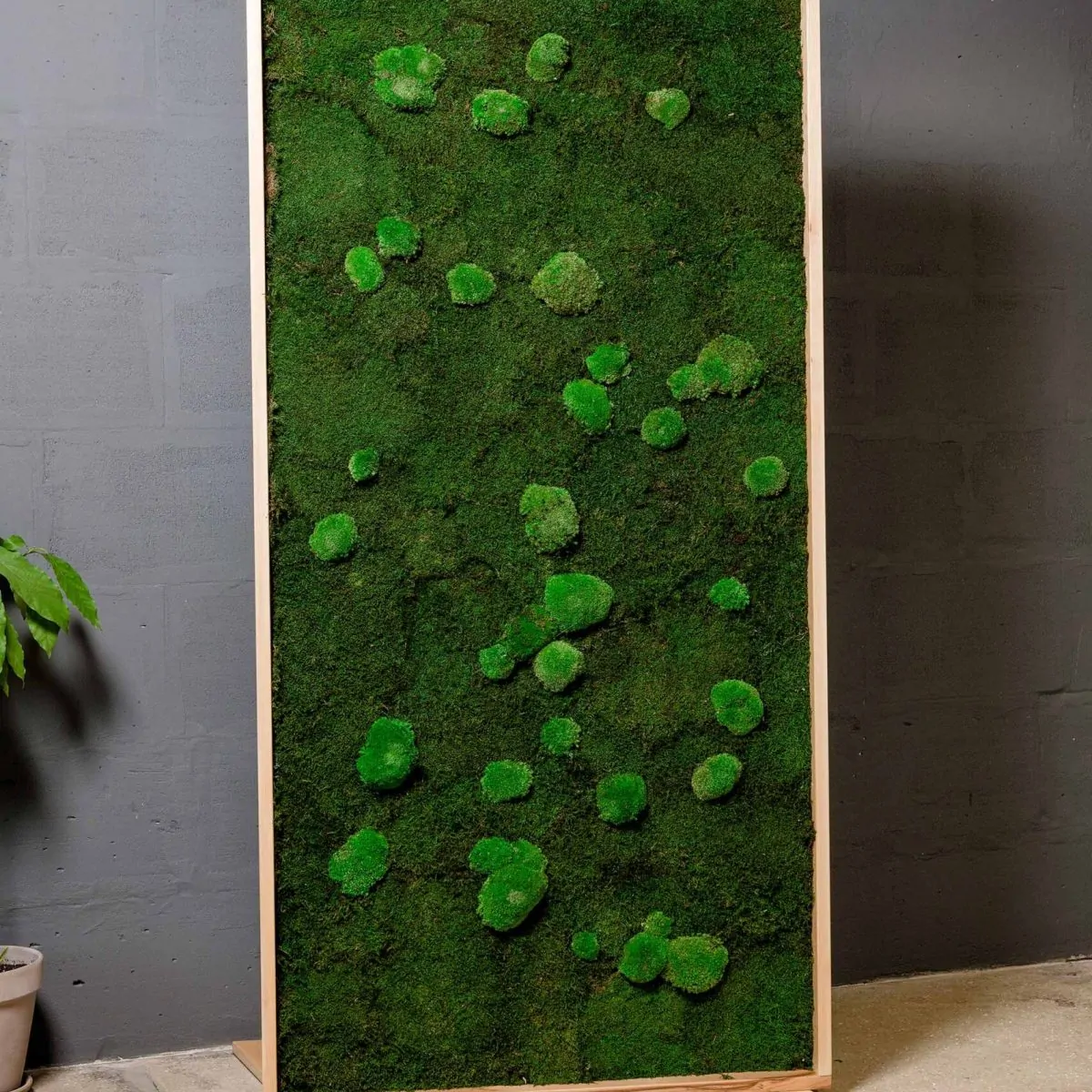 Adding shelves to a carcase is one way to turn a simple wood box into a useful piece of furniture. The simplest method for installing shelves is to bore two parallel rows of holes in the side panels of the carcase and insert commercially available plastic or metal shelf supports. The two alternatives shown in this chapter require a little more preparation, but they have a payoff in that there are no visible shelf supports to mar the appearance of the finished piece. Like commercial shelf hardware, hidden supports (below and page 42) are adjustable; the difference is that they rely on narrow wood strips recessed in rabbets cut into the underside of the shelves, and this makes them all but invisible.
Adding shelves to a carcase is one way to turn a simple wood box into a useful piece of furniture. The simplest method for installing shelves is to bore two parallel rows of holes in the side panels of the carcase and insert commercially available plastic or metal shelf supports. The two alternatives shown in this chapter require a little more preparation, but they have a payoff in that there are no visible shelf supports to mar the appearance of the finished piece. Like commercial shelf hardware, hidden supports (below and page 42) are adjustable; the difference is that they rely on narrow wood strips recessed in rabbets cut into the underside of the shelves, and this makes them all but invisible.
For fixed shelves (page 43), you have to rout dadoes on carcase sides. The shelves are then glued permanently in place when the carcase is assembled.

 |
HIDDEN ADJUSTABLE SHELF SUPPORTS
 2 Making and preparing the shelving
2 Making and preparing the shelving
 |
Use solid lumber, plywood or edge-glued boards (page 20) to make the shelving. Cut each shelf to the same width as the carcase panels and to a length equal to the distance between the side panels. Add edge banding to the visible edge of the shelf (page 39), if desired. To conceal the supports, rout stopped rabbets in the shelf. Start by positioning the shelf on the supports and outlining their locations on the underside of the shelf. Using a wood pad to prevent any marring, clamp the shelf to a work surface. Fit a router with a rabbeting bit, then set the depth of cut to the width of the shelf supports. Gripping the tool firmly with both hands and resting its base plate on the shelf, rout each rabbet (above), making as many passes as necessary to cut to the marked outline. Square the ends of the rabbets using a chisel (page 38).

|
|

![]()


![]() 1 Preparing the carcase side panels
1 Preparing the carcase side panels
Set the side panels one on top of the other on a work surface, edges and ends aligned, and mark cutting lines for the dadoes on the leading edges of both panels. Make the width of the dadoes equal to the thickness of the shelf; the depth should be one-half the thickness of the side panels. Install a dado head on a table saw and align the cutting lines on one side panel with it. Crank the blades to the proper height for the depth of cut, then position the rip fence flush against the panel. Cut a test dado in a scrap board and adjust the width of cut if necessary. Clamp a featherboard to the fence above the dado head for added stability. To make the cut in each panel, turn on the saw and feed the panel into the dado head using the miter gauge and both hands (left). (Caution: Blade guard removed for clarity.)
|
|
Apply a thin glue bead into the dadoes in the side panels and on the contacting surfaces of the shelving while gluing up the carcase. Spread the glue evenly and then assemble the box as when dry-fitting (step 2). Clamp the corners of the carcase for dovetail joints (page 32) or for rabbet or plate joints (page 35). For the shelving, install a bar clamp across each edge of the shelf, protecting the side panels with wood pads; place a VTinch-thick wood chip under each pad to focus some of the clamping pressure midway between the edges of the shelving. Tighten each clamp a little at a time until a thin glue bead squeezes out of each dado.
|
|




